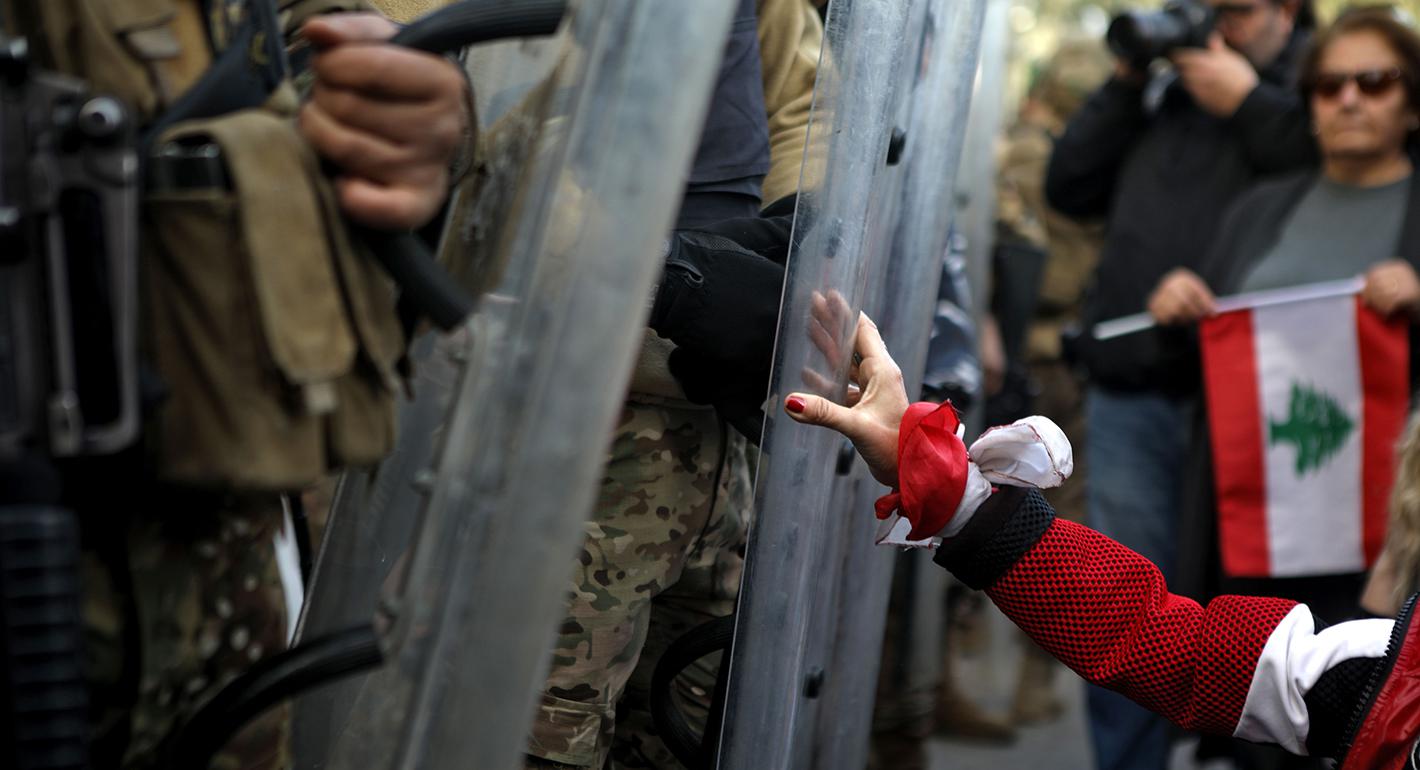Source: Konrad Adenauer Stiftung
In 2019, protests swept through the Middle East and North Africa (MENA) region, leading many experts and journalists to talk about the “second wave of the Arab spring.” From Algeria to Lebanon, passing through Sudan, Egypt, and Iraq, citizens took to the streets, like in 2011, to ask for more significant political reforms, democracy, social justice, and regime change. Similarly, regional military apparatuses played a decisive political role during the 2019 upheavals, just as they did eight years earlier. The armies’ responses to the protests and their behavior towards their respective regimes varied from one country to another. In Iraq and Egypt, the military harshly cracked down on protesters. In Egypt, more than 2,300 people were arrested over the first two weeks of the protests. In Iraq, thousands of people were arrested and tortured, while no less than 600 individuals were killed by the live ammunition and “smoker” grenades that security forces used against them.
On the other hand, in Algeria, the military refrained from using violence against protestors, while militaries in Sudan and Lebanon were more ambiguous, sometimes protecting demonstrators and sometimes attacking them. In both Algeria and Sudan, demonstrators called on the military to intervene and force their respective leaders to step down. Eventually, Presidents Abdelaziz Bouteflika and Omar AlBashir, who had spent twenty and thirty years in office, respectively, were forced by the military to abdicate. In each country, the military played a crucial role by pressuring the political class, and by sacking many top officials and putting them on trial. Such was the case for Saïd Bouteflika, the brother of deposed President Bouteflika, and Al-Bashir, both of whom landed in court. As for Lebanon, where protests erupted against the sectarian post-war political order, the military used significant violence when protecting key government institutions while also tolerating the protesters to maintain civil peace and allow for the political leadership to find a suitable political solution.
This article was originally published by Konrad Adenauer Stiftung.






